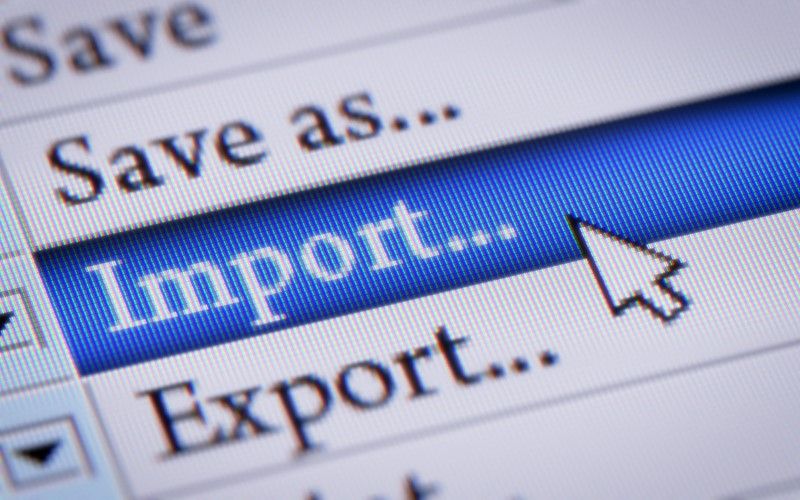Tax and trivial benefits
There is a trivial benefit-in-kind (BiK) exemption that applies to small, non-cash gifts (such as a bottle of wine or a bouquet of flowers) that are occasionally given to employees.
This exemption enables employers to offer modest, tax-efficient rewards while simplifying the administration of BiKs. The BiK exemption allows businesses to recognise employees in a small way without creating additional reporting obligations or tax liabilities.
Trivial benefits are a simple and effective way to provide gestures of goodwill or recognition, as long as they are not given as a reward for work performed or duties carried out. Typical qualifying occasions include events such as a marriage, the birth of a child or other personal landmarks.
Employers also benefit since these trivial BiKs do not need to be included in PAYE settlement agreements or reported on P11D forms, and they are exempt from Class 1A National Insurance contributions.
The tax exemption applies to trivial BiKs where the benefit:
- costs £50 or less;
- is not cash or a cash voucher;
- is not a reward for work or performance; and
- is not in the terms of an employee’s contract.
Trivial benefits provided through a salary sacrifice arrangement are not exempt from tax. In such cases, the employer must report them on form P11D, using the higher of the amount of salary the employee gave up, or the cost of the trivial benefit provided.
For directors or officeholders of close companies (and their families), there is an annual cap of £300 on trivial benefit gifts. The £50 limit still applies per gift but allows up to £300 of non-cash benefits per person each year. If any single gift exceeds £50, the full value becomes taxable.




